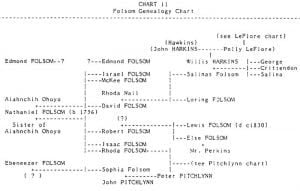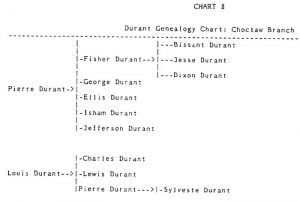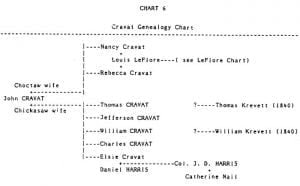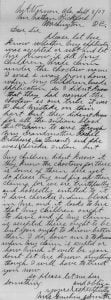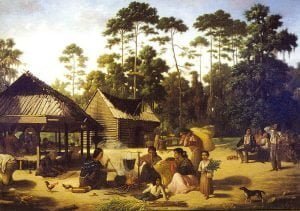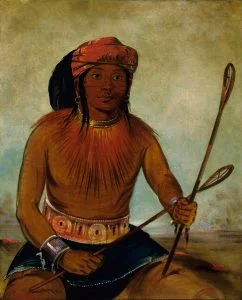Sample of Mixed Blood Ubiquity: Representative Family Histories
The extant records concerning the traders and other countrymen are uneven in their coverage of mixed-blood families. Although only the better-known families were chronicled in the works of early regional historians and authors commenting on the Indian tribes, the existence of scores of surnames within these records indicates that mixed-blood families were widespread in the Choctaw nation. Over the space of several generations the mixed-blood families of the traders and countrymen began to move more and more towards the culture of their white kinsmen, especially if the white progenitor had stayed in one area and recognized the paternity of his … Read more



